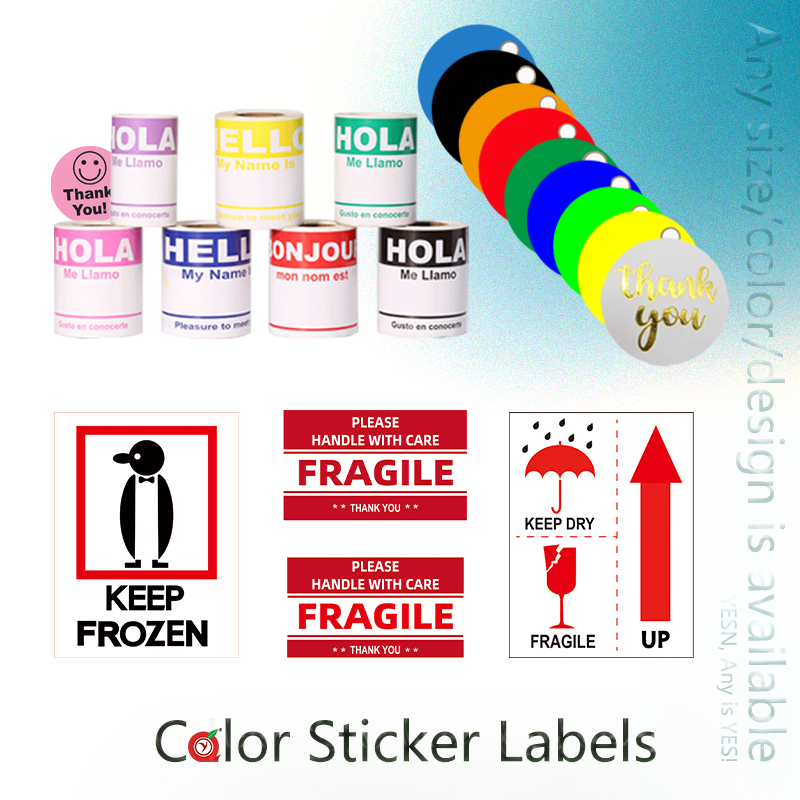Labels Are What? Let YESN Explain For You:
Labels are most commonly seen on products sold by merchants, whether online or offline.
Products sold in stores will have labels, known as price tags or brand names; $99, $1099;
On e-commerce websites, products also have labels, referred to as categories;
Large red socks, quick-dry sports t-shirts;
People or specific individuals can also be labeled, which is called personality or characteristics;
Such as introverts, extroverts, those born in the 90s, or 00s.
Do we often use the labeling feature, whether evaluating people or events? Commonly used software, such as apps, have many labels, some of which are explicit and chosen by users, while others are marked by the system according to algorithms.
So, what exactly is a label system?
A label is a marker, a classification, and possibly an attribute. Its function is to reclassify things or add descriptions.
Classifications are divided into two types: one based on pre-set values for classification, and another allowing users to add classifications dynamically;
Descriptions represent further elaboration on the label. For example, if the label indicates price, a specific value can be assigned, which doesn't necessarily have to be a pre-planned value but could be newly added.
Therefore, following this simple division, labels can be further broken down into categories, values, and permissions.
Labels can be divided into subjects and descriptions. The subject is the narrow sense of the label, such as having red, green labels, these are subjects; Descriptions supplement the subject, for instance, if the label subject is "books", descriptions could be economics, management, psychology; Or if the subject is promotional price, descriptions might include $9.9, $59.9, $90.
Permissions define the operational scope of the label, indicating whether it can be maintained, meaning whether it's a fixed or dynamic label. Fixed means once a label is applied, it cannot be manually modified, though backend adjustments may be allowed; Dynamic labels, however, can be manually adjusted or automatically updated according to certain rules.
If the subject and description are considered the content of the label, then the operational scope represents actions of the label, whereas classification sorts labels based on different rules, grouping similar labels together for easier subsequent management and statistics.
In summary, a label comprises content, action, and classification, transforming its functionality from merely marking to freely combining and categorically managing, making labels dynamic rather than static, orderly rather than disorderly. However, when we start using labels, it's easy to apply multiple labels to a single item. Even with label classification, this poses significant challenges for subsequent statistics and analysis.

 +86 13306035080
+86 13306035080 Skype: labelpaper
Skype: labelpaper WhatsAPP: +86 13599530155
WhatsAPP: +86 13599530155 order@yesnlabels.com | sales@yesnlabels.com
order@yesnlabels.com | sales@yesnlabels.com


 No.8-1 JiuZhanLinLi HeShan XinMin Town TongAn District XiaMen 361100 China
No.8-1 JiuZhanLinLi HeShan XinMin Town TongAn District XiaMen 361100 China Phone+86 13306035080
Phone+86 13306035080 AddressNo.8-1 JiuZhanLinLi HeShan XinMin Town TongAn District XiaMen 361100 China
AddressNo.8-1 JiuZhanLinLi HeShan XinMin Town TongAn District XiaMen 361100 China E-amil
E-amil

